Our first six weeks here, we stayed in a small, functional-but-not-comfortable flat in Harrow.
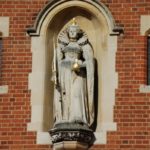
Walking up that hill was like entering another world. The tree-lined street was far less busy, and the sounds of the city faded away. I passed a house built in 1863 and then a letterbox with the royal
An Adorable Village
I kept walking and admiring the architecture when suddenly school boys in uniforms and boater hats flooded the street as they hurried to class. I couldn’t help but smile. They quickly sorted themselves into the various buildings, and the sidewalks were clear once again.
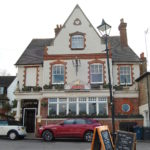
There was a pillar-style postbox, and curious, I checked its royal cypher—Queen Victoria. I already regretted not bringing my camera, now this! The buildings were beautiful, and there’s a little village beyond before crossing the main street and heading down a smaller street. I admired the façade of an old pub, The Castle, but didn’t stop. I knew Kurt and I would be back for a visit. Continuing down the narrow street, I realized the doors to the homes I was passing were shorter than me. Some of the houses had names; the Hatmaker’s House, the
Adventure and Exploration
About the time I decided it was time to turn around, I noticed a sign for a footpath. I couldn’t see where it went, but since this was an adventure walk, I followed the sign. It wound through houses and opened onto a grassy hill. I noticed benches near the top, so I followed a path worn in the grass to a bench and sat down, huffing and puffing. It’s quite a hill (and I’m out of shape). I could see for miles to the west: fields, houses, buildings, roads, cranes towering over construction sites, and multiple church steeples.
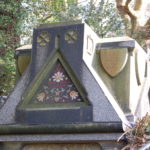
After catching my breath and taking in the view, I saw an opening in the trees and bushes behind the bench. I wondered where it went, so I walked over and saw that it leads to the church at the top of the hill. So, up I went. The steep walkway runs along the southern boundary of the church graveyard. Reading headstones as I walked up, I felt the love and grief expressed in the epitaphs.
At the top, stairs lead to the main churchyard. Just to the right of those stairs
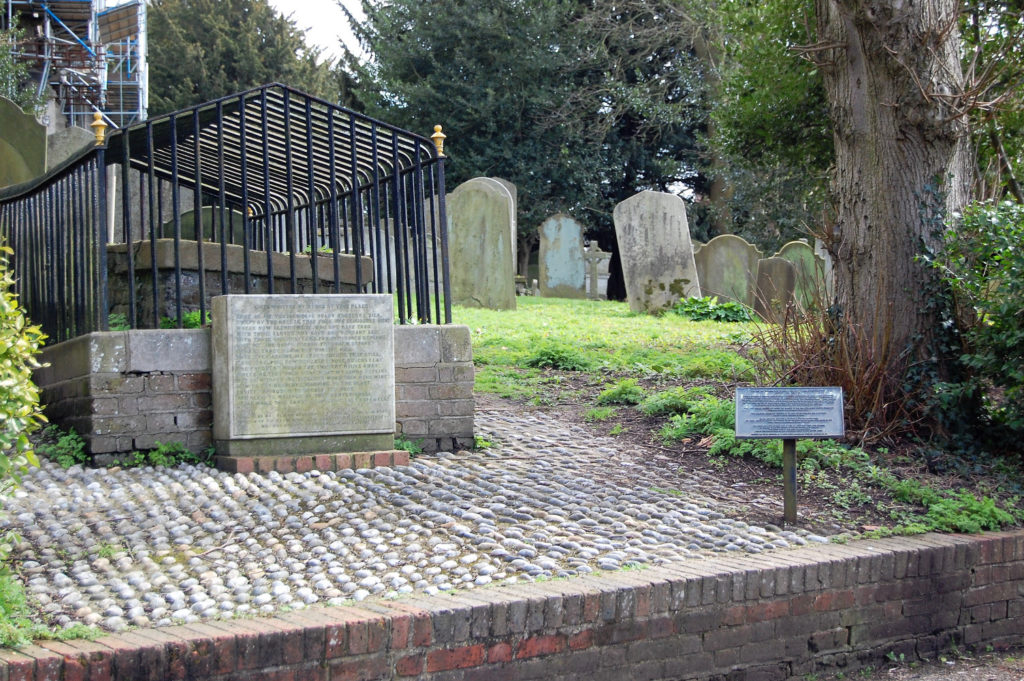
I walked by the church, its steeple covered in scaffolding, and out the main entrance of the churchyard, which led me right back into the heart of the school. In front of me was a spectacular view of the library with Wembley Stadium and central London in the background. I knew I would be back with a camera the next day.
Harrow School
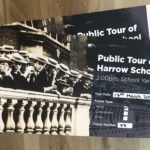
Walking back to our little flat, I thought about all the pictures I wanted to take. On the website for Harrow School, I learned that Elizabeth I issued the school’s charter, which explained the statue. I also saw that they do public tours three times a year. To my delight, the next public tour was in a few days on Saturday. I bought tickets immediately.
I repeated my walk the next day, and several other days, with camera in hand. But, the real treat was the school tour that Saturday. We can’t recommend it highly enough. On the day of the tour, there was snow on the ground and frigid wind blowing. However, our tour guide gave us such a warm welcome that we forgot about the weather and enjoyed every minute of the tour.
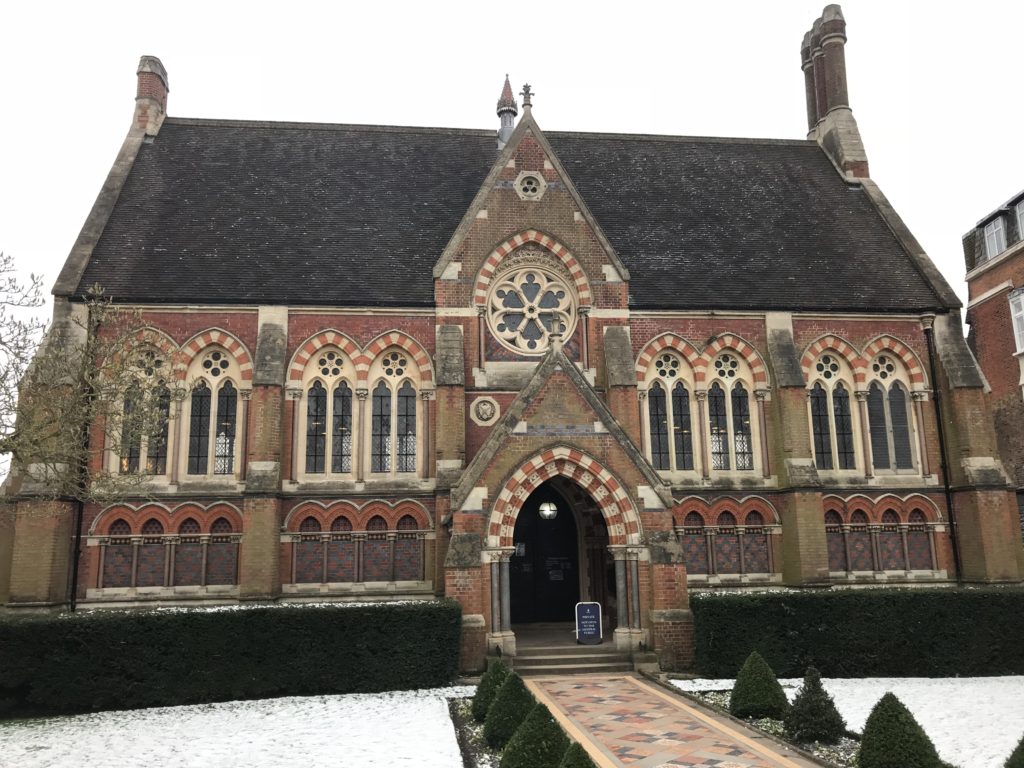
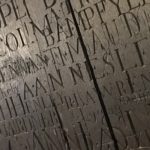
Starting in the Fourth Form Room in the original school building, we saw where Lord Byron, Winston Churchill, and many other students carved their names in the wood paneling.
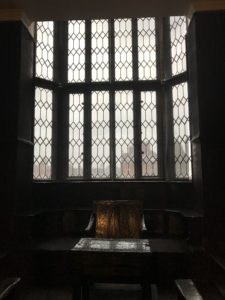
More recently, this was the filming location for a Harry Potter scene. You may recall the students learning to levitate a feather and Hermione saying, “You’re saying it wrong. It’s leviOsa, not leviosA!”
We toured the magnificent D-shaped Speech Room where assemblies, events, and performances are held. There are seven plaques commemorating prime ministers who attended the school.
There are also paintings of famous Old Harrovians including Sir Winston Churchill, King Hussein of Jordan, Sir Robert Peel (founder of the Metropolitan Police), and Anthony Trollope (novelist and inventor of the pillar box). This beautiful room has also been used as a filming location. We recognized it in an episode of The Crown (where it was portrayed as Eton, a rival school).
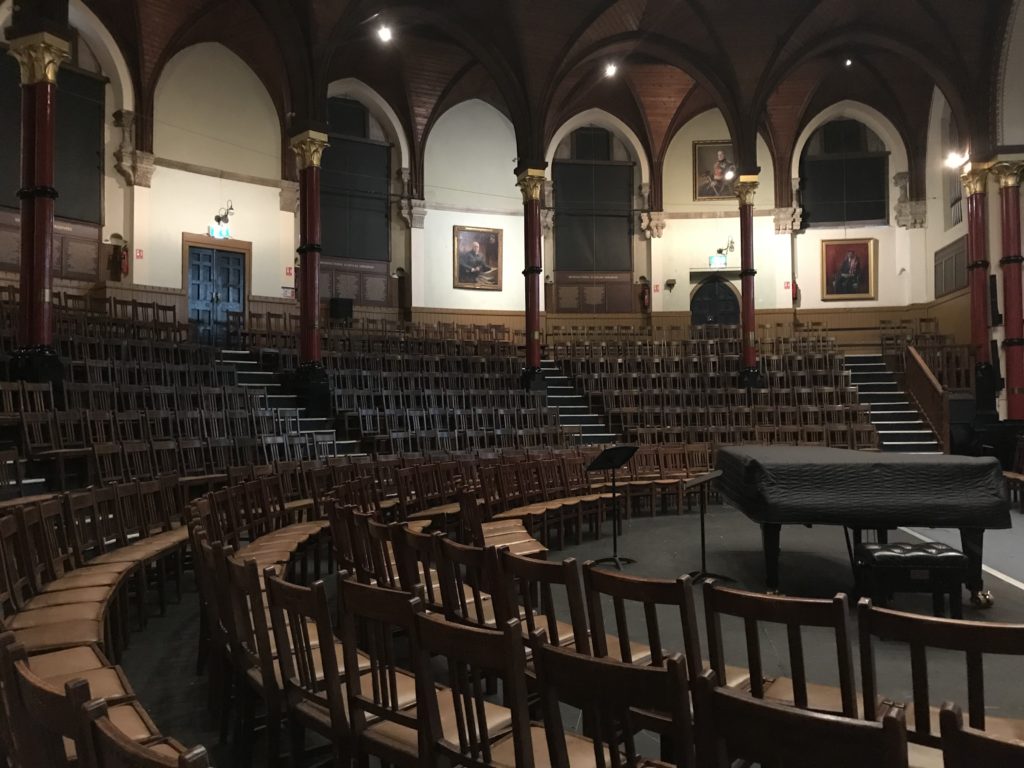
The tour took us on a solemn walk through memorials for the many former students lost in military service, particularly in the World Wars. Finally, we crossed the street and visited the church and library, two beautiful examples of Victorian-era architecture. The rear windows of the library sport an even more stunning view to central London, which we learned is preserved by the lands adjacent to the school having been purchased by faculty and staff and gifted to the school in order to preserve the school’s country feel and view.
Worth a Visit
It’s a remarkable school in a remarkable location next to a charming village amid the hustle and bustle of a busy borough of London. It’s off the regular path of where most tourists go, but easily accessible by Tube or bus. If you’re looking for something a little different than the typical tourist fare, whether you like art, architecture, history, or literature, this may be just the thing. If you go, have lunch at The Castle or afternoon tea at The Doll’s House on the Hill.
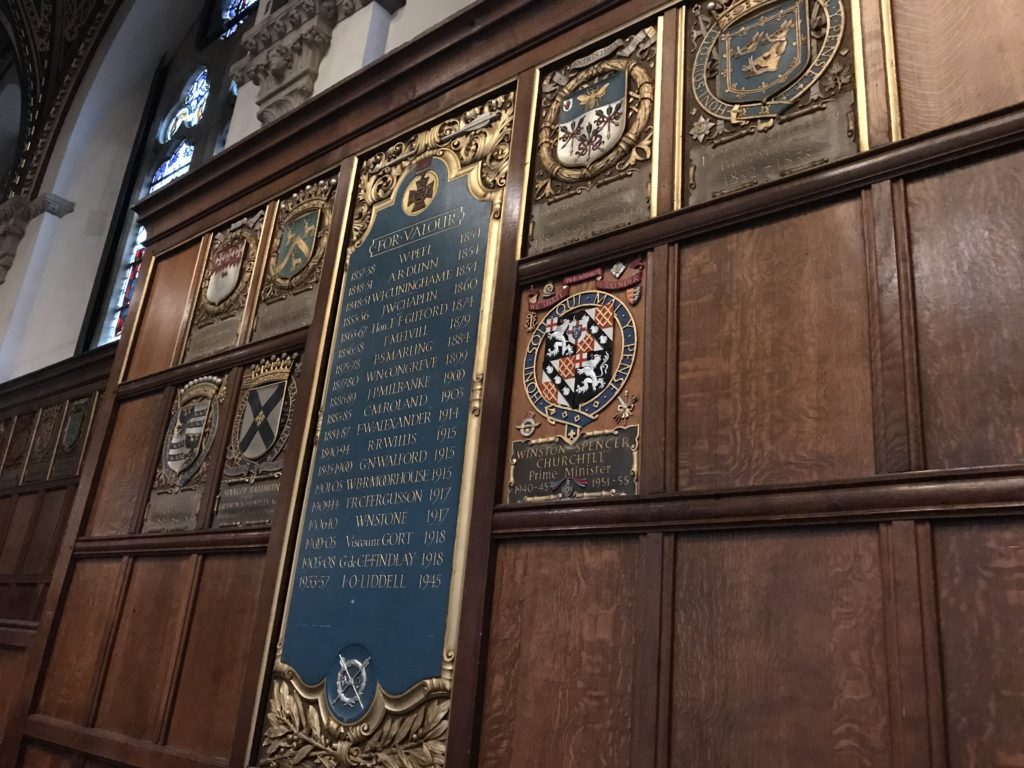
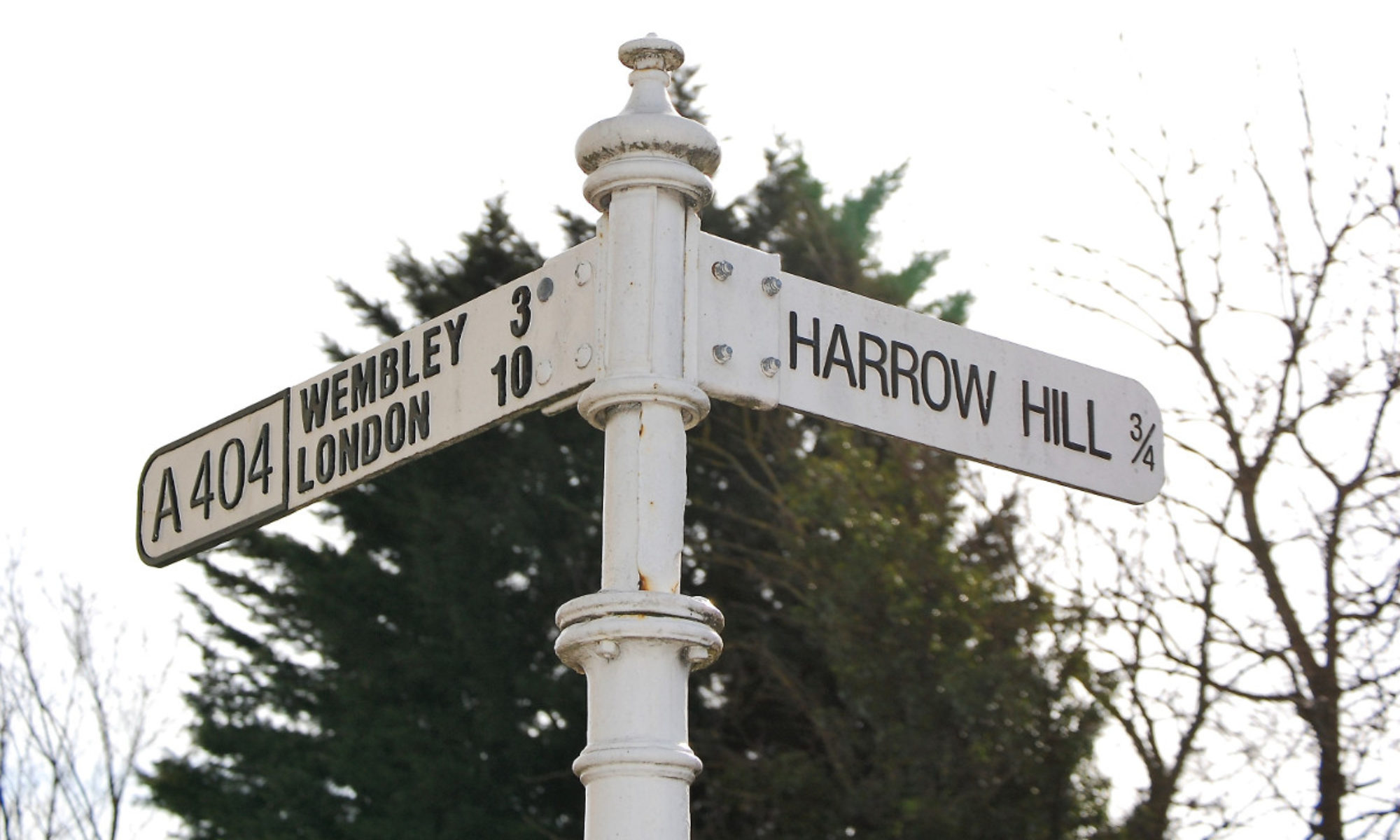

 an Old El Paso display with some Uncle Ben’s Mexican Rice on the side. Other than tortillas and refried beans, we’d never seen any of these items for sale in US stores or on the menus of Mexican restaurants—smoky BBQ flavor fajitas and sweet paprika and garlic tacos. Huh? I passed on that section entirely.
an Old El Paso display with some Uncle Ben’s Mexican Rice on the side. Other than tortillas and refried beans, we’d never seen any of these items for sale in US stores or on the menus of Mexican restaurants—smoky BBQ flavor fajitas and sweet paprika and garlic tacos. Huh? I passed on that section entirely.